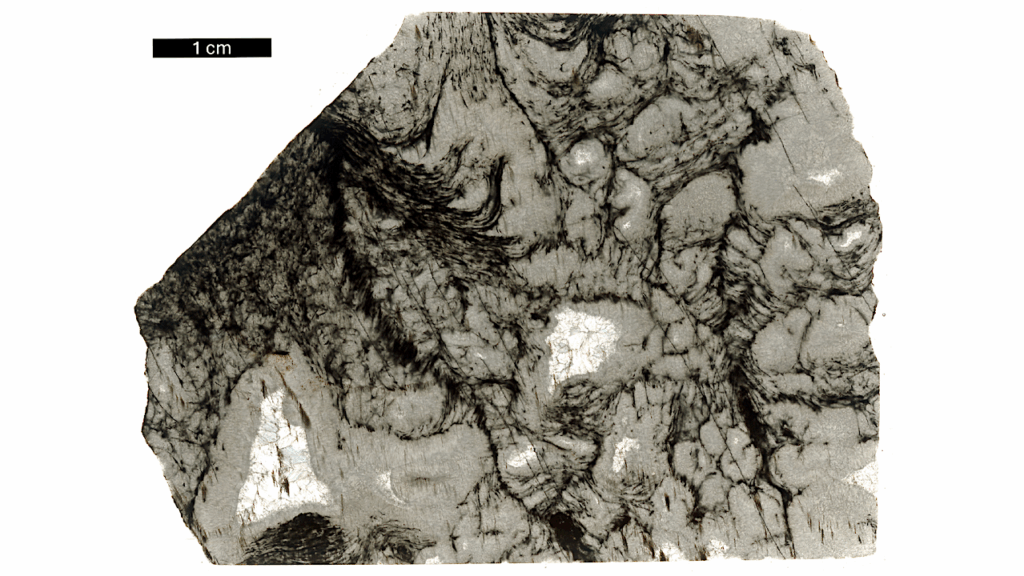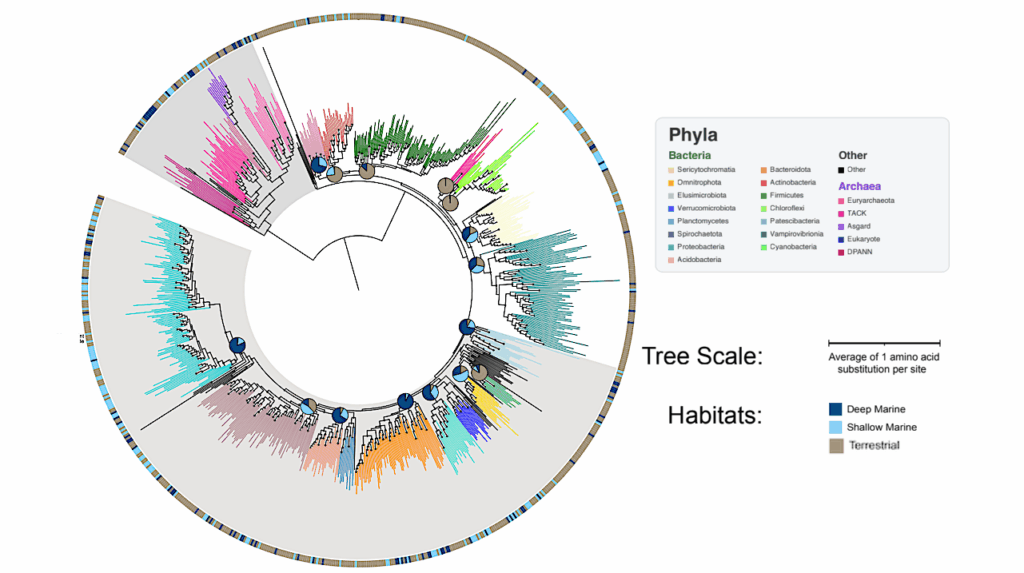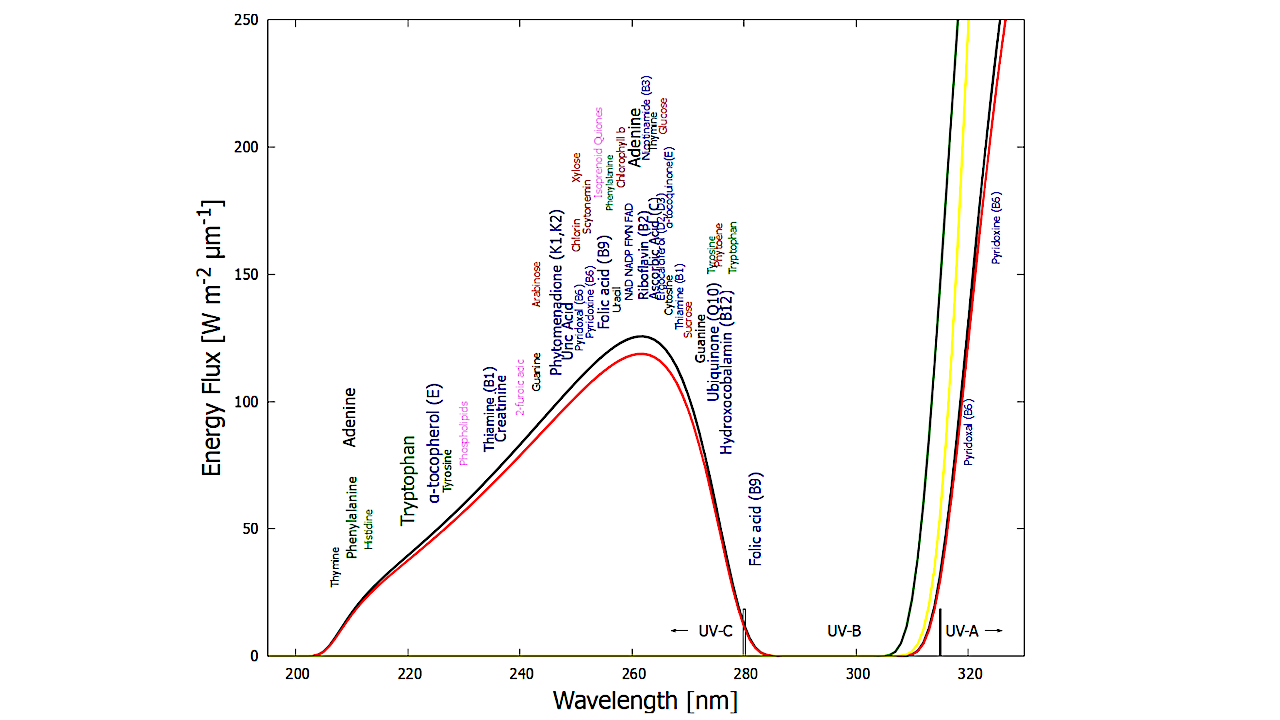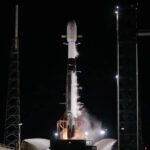Now Reading: On The Exoplanet Yield Of Gaia Astrometry
-
01
On The Exoplanet Yield Of Gaia Astrometry
On The Exoplanet Yield Of Gaia Astrometry
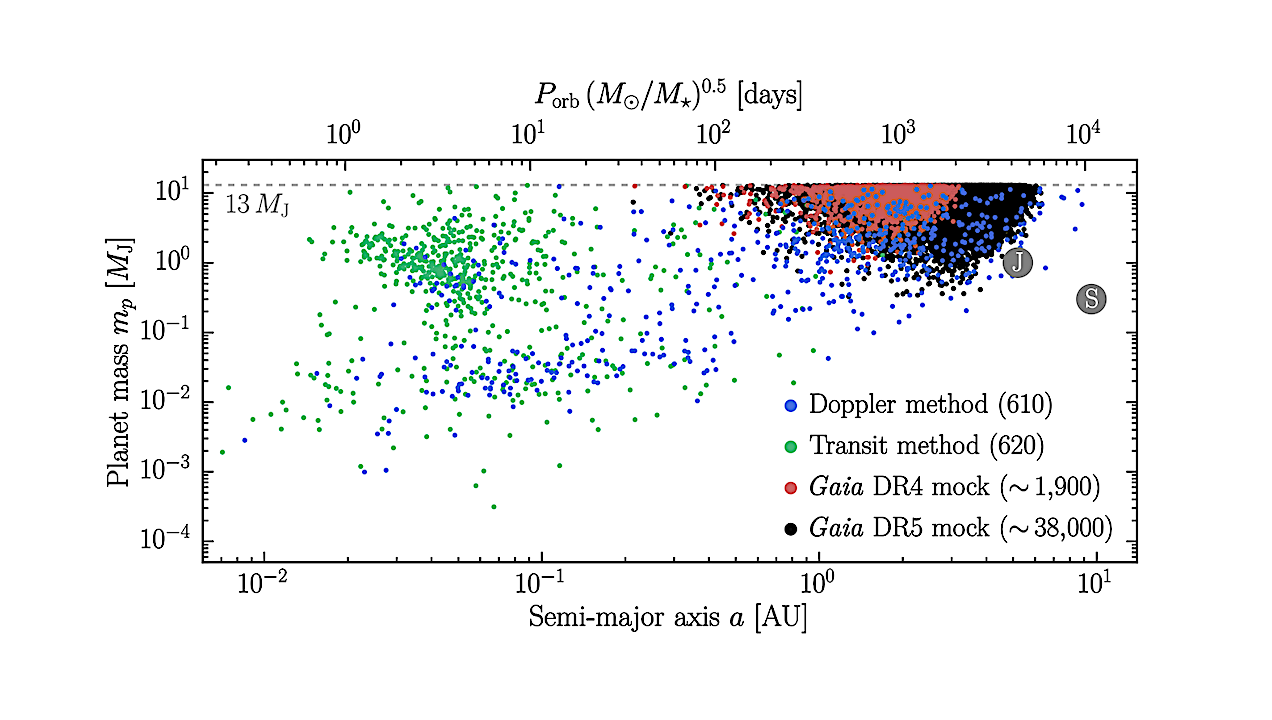
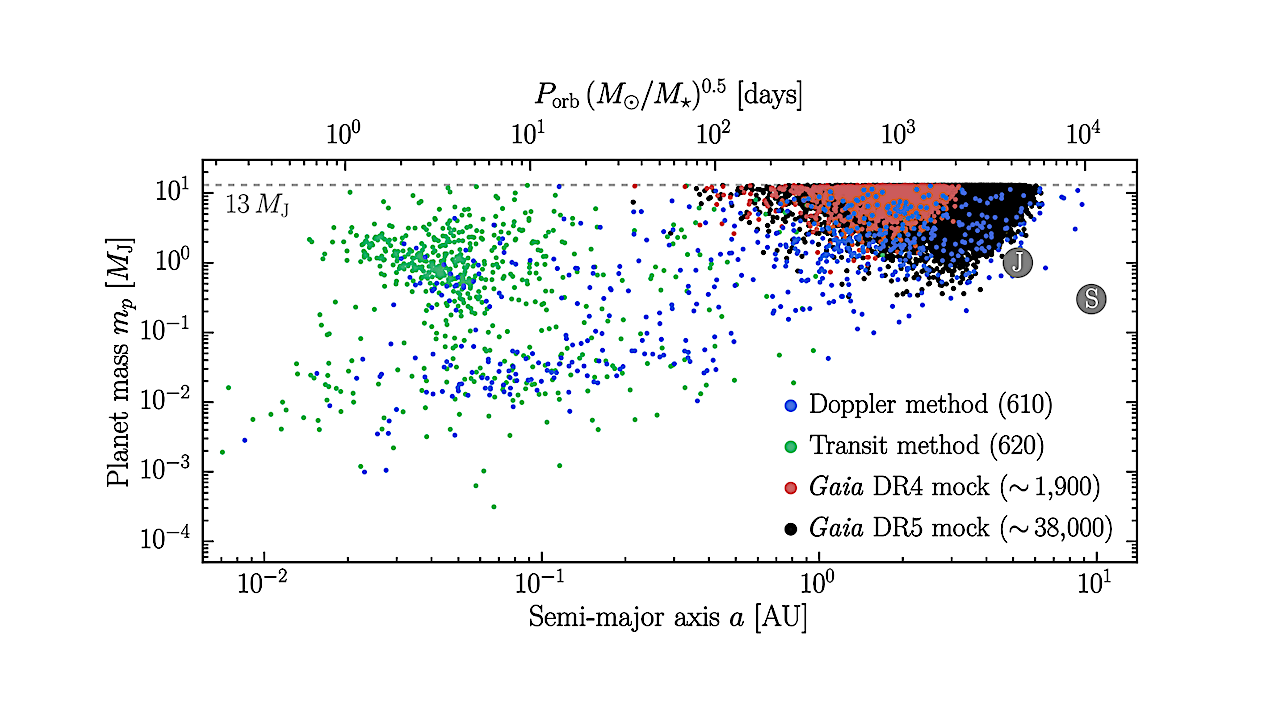
Masses and semi-major axes for known planets and simulated Gaia planets. In both cases, we have restricted the sample to planets with Porb and mp constrained to within 20% (i.e., P84th/P16th 1.2 and m84th/m16th 1.2). Blue and green points show known planets discovered with the Doppler and transit methods. Red and black points are from our mock Gaia planet catalogs for DR4 and DR5 (see Section 4). For comparison, the values of Jupiter and Saturn are highlighted with gray points labeled “J” and “S.” The Gaia planets are primarily super-Jupiters on multi-AU orbits. About 100 such planets are currently known; Gaia promises to expand this sample to thousands in DR4 and tens of thousands in DR5. — astro-ph.EP
We re-examine the expected yield of Gaia astrometric planet detections using updated models for giant-planet occurrence, the local stellar population, and Gaia’s demonstrated astrometric precision.
Our analysis combines a semi-analytic model that clarifies key scaling relations with more realistic Monte Carlo simulations. We predict 7,500±2,100 planet discoveries in the 5-year dataset (DR4) and 120,000±22,000 over the full 10-year mission (DR5), with the dominant error arising from uncertainties in giant-planet occurrence.
We evaluate the sensitivity of these forecasts to the detection threshold and the desired precision for measurements of planet masses and orbital parameters. Roughly 1,900±540 planets in DR4 and 38,000±7,300 planets in DR5 should have masses and orbital periods determined to better than 20%.
Most detections will be super-Jupiters (3 – 13MJ) on 2 – 5AU orbits around GKM-type stars (0.4 – 1.3M⊙) within 500 pc. Unresolved binary stars will lead to spurious planet detections, but we estimate that genuine planets will outnumber them by a factor of 5 or more. An exception is planets around M-dwarfs with a<1AU, for which the false-positive rate is expected to be about 50%.
To support community preparation for upcoming data releases, we provide mock catalogs of Gaia exoplanets and planet-impostor binaries.
Caleb Lammers, Joshua N. Winn
Comments: 27 pages, 15 figures. Under review at AJ. Catalogs and code available at this https URL
Subjects: Earth and Planetary Astrophysics (astro-ph.EP); Instrumentation and Methods for Astrophysics (astro-ph.IM)
Cite as: arXiv:2511.04673 [astro-ph.EP] (or arXiv:2511.04673v1 [astro-ph.EP] for this version)
https://doi.org/10.48550/arXiv.2511.04673
Focus to learn more
Submission history
From: Caleb Lammers
[v1] Thu, 6 Nov 2025 18:57:00 UTC (11,905 KB)
https://arxiv.org/abs/2511.04673
Astrobiology, exoplanet,
Stay Informed With the Latest & Most Important News
Previous Post
Next Post
-
 012024 in Review: Highlights from NASA in Silicon Valley
012024 in Review: Highlights from NASA in Silicon Valley -
 02Panasonic Leica Summilux DG 15mm f/1.7 ASPH review
02Panasonic Leica Summilux DG 15mm f/1.7 ASPH review -
 03How New NASA, India Earth Satellite NISAR Will See Earth
03How New NASA, India Earth Satellite NISAR Will See Earth -
 04And Thus Begins A New Year For Life On Earth
04And Thus Begins A New Year For Life On Earth -
 05Astronomy Activation Ambassadors: A New Era
05Astronomy Activation Ambassadors: A New Era -
06SpaceX launch surge helps set new global launch record in 2024
-
 07Space Force plans new ‘Futures Command’ amid pressure to speed up modernization
07Space Force plans new ‘Futures Command’ amid pressure to speed up modernization














